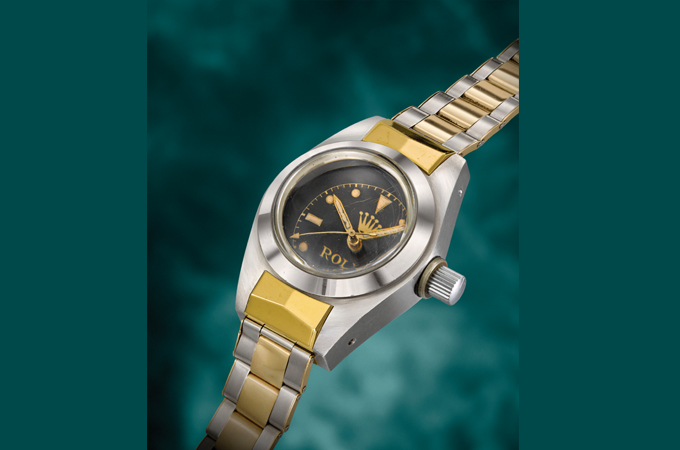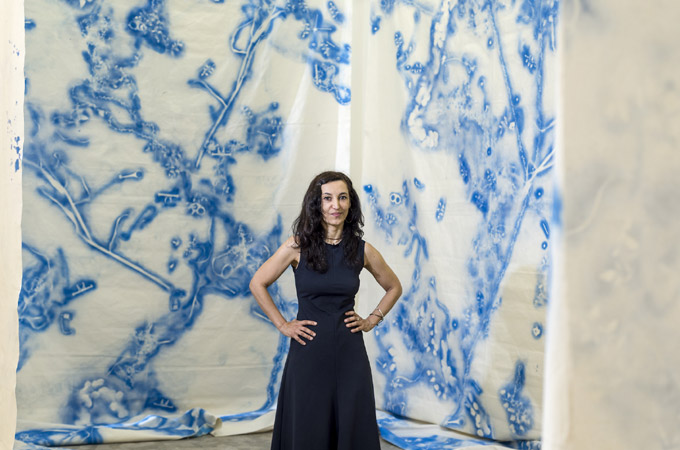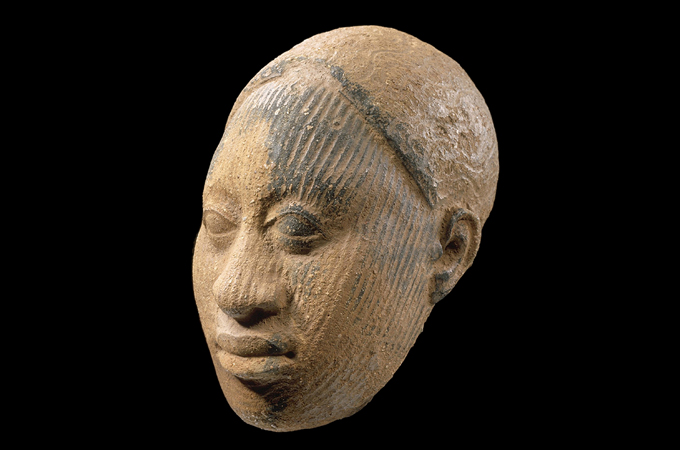Autumn 2021
The Christie’s Rare Watches Auction on November 8 at the Hotel Four Seasons Les Bergues in Geneva promises to be a landmark event.
Among the treasures to come up for sale is an extraordinary and rare timepiece, which epitomises the human spirit of adventure – the Rolex Experimental Deep Sea Special N°1.
Developed as a prototype for perfecting the Rolex diving watch concept, this Rolex Deep Sea Special N°1 was attached to the hull of Swiss physicist-inventor-explorer Auguste Piccard’s bathyscaphe Trieste for the inaugural deep-sea trial to a depth of 3,150 m in the Mediterranean on September 30, 1953.
On this watch that made history, the case, the original movement and the bracelet are in perfect working condition.
This watch served as the proving ground for the Rolex Deep Sea Special N°3 that would reach 10,908 m in the Mariana Trench with the Trieste on January 23, 1960 and is today on display at the Smithsonian Institution in Washington DC.
It is said seven prototypes were built between 1953 and 1960. Only three have so far been identified: the Deep Sea Special N°1 with a ‘low glass’ (made from Plexiglas) that accompanied Trieste on its first deep-sea trial down to 3,150 m (10,245 feet) off the island of Ponza in 1953; the Deep Sea Special N°3 with a ‘high glass’ (a taller and thicker crystal, also of Plexiglas, one of the invaluable learnings from N°1) that made the trip down to the bottom of the Mariana Trench (10,916 m, 35,814 ft) in 1960 and is today out of reach but on display, together with the Trieste, at the Smithsonian Institute in Washington DC; and Deep Sea Special N°5, also a ‘high glass’ version, which presumably served as a proving ground for further extreme testing in the period leading up to 1960, and was offered at auction by Christie’s in 2000.
When Rolex conquered the world’s highest peak on the wrist of Sir Edmund Hillary on May 23, 1953, production of a watch to conquer the ocean’s depths had just got underway: The Rolex Oyster Perpetual Submariner, which would be officially introduced to the public at the Basel Watch Fair in 1954.
At the time, Piccard, already famous for his balloon flights in the stratosphere, was deep in thought and action in that direction, too. Using the physical principles of his stratospheric balloon, particularly with regard to pressurization, Auguste and his son Jacques developed a submarine for an unprecedented gambit: a ‘reverse Everest’ to reach the deepest trough at the bottom of the ocean.
The whole world watched when the strange-looking Trieste was launched in 1953 on August 16. That included Hans Wilsdorf, Rolex’s founder and fountain of creativity.
What better way to perfect a diving watch than to work with the team getting ready to go to the bottom of the sea? The rest is history.
















.jpg)

